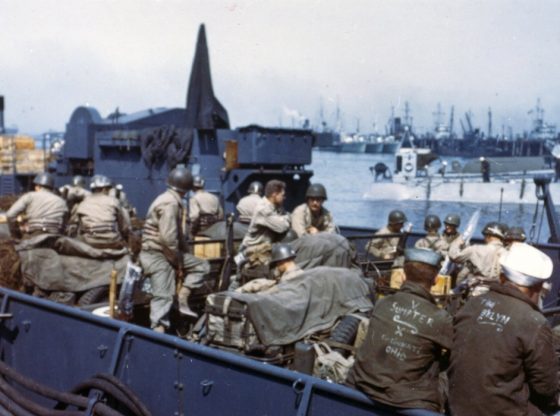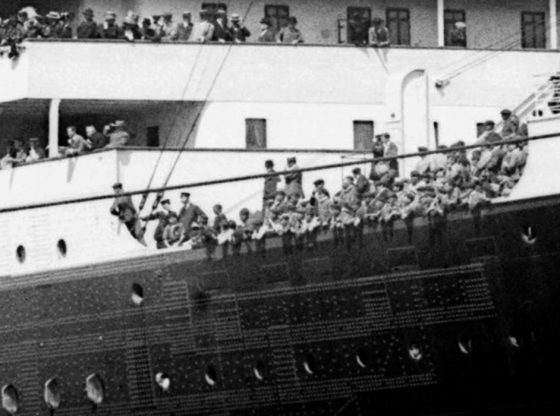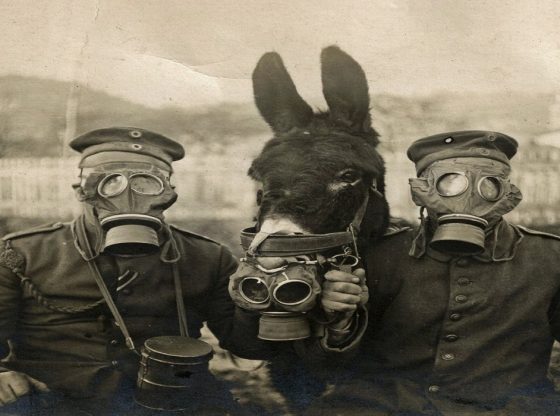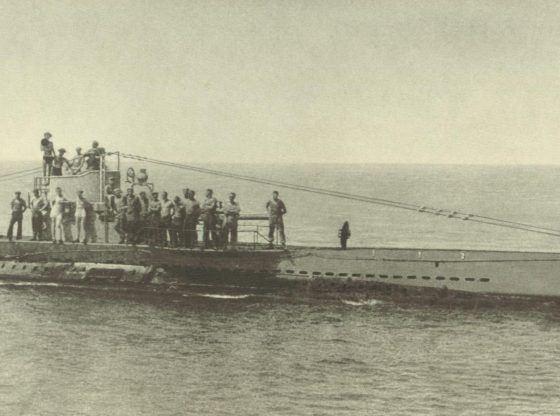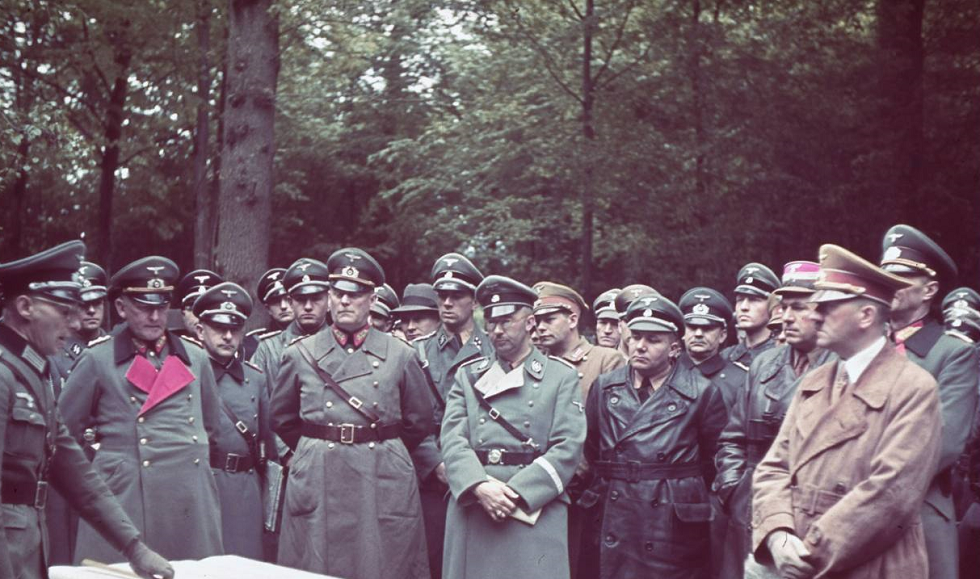
The writer Norman Ohler has gone through old archives and found new information, which has now been published in a book. This is the first time that a complete picture emerges of the heavy use of narcotics in Nazi Germany.
According to Ohler, Hitler’s use of narcotics became increasingly intense from the autumn of 1941 and was increasingly correlated with the failure of the German Army to conquer the Soviet Union in the wake of Operation Barbarossa.
Norman Ohler can show that Hitler’s personal physician administered 800 syringes during the last four years of the Second World War. These syringes contained everything from harmless glucose to cocaine, opiates, and methamphetamines.
In 1944, Claus von Stauffenberg’s and his Operation Valkyrie to the overthrow of the central government failed in killing Hitler, but left him wounded, charred, and even suffered the temporary paralysis of one arm. Hitler’s use of narcotics increased even more. He was injected with Oxycodone, which has been compared to a mixture of heroin and morphine.
The book Der totale Rausch – the total intoxication – does for the first time provide a comprehensive picture of the role that drugs played in Nazi Germany. For example, 35 million pervitin tablets, a strong stimulant, held the German Wehrmacht awake during the invasion of France 1940.
And another example is how all these strong euphoric narcotics that were injected into Adolf Hitler in conjunction with important meetings, may have contributed to the strategic decisions that were made.
_______________
Der totale Rausch
______________________________

